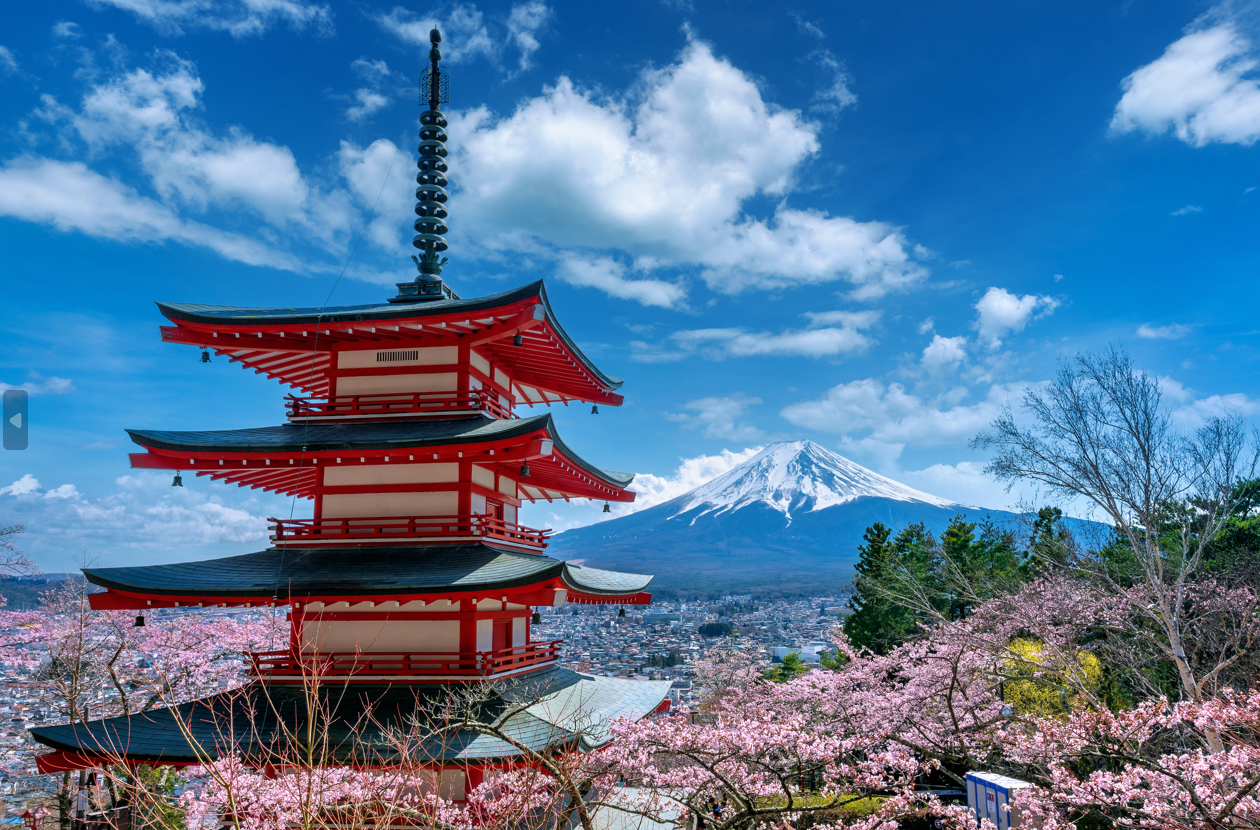
KIREAJI Blog About Japanese Knives
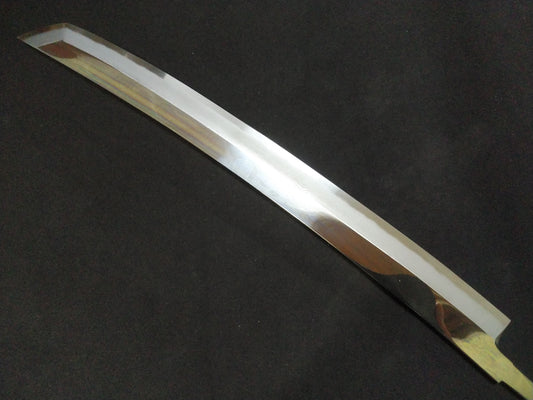
What is "Honbazuke"?
Did you know? New Japanese knives are intentionally crafted at obtuse angles to prevent chipping. The degree of sharpness varies from manufacturer to manufacturer. As a result, the sharpness may...
What is "Honbazuke"?
Did you know? New Japanese knives are intentionally crafted at obtuse angles to prevent chipping. The degree of sharpness varies from manufacturer to manufacturer. As a result, the sharpness may...
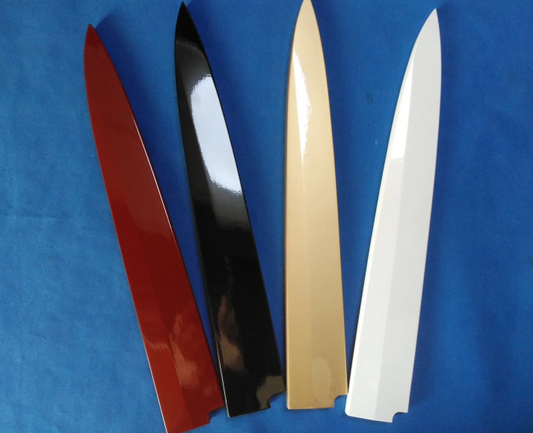
The Essential Guide to Saya Sheaths for Japanes...
Welcome to the definitive guide on saya sheaths, an essential accessory for any Japanese knife owner. Whether you're a professional chef or a culinary enthusiast, understanding the significance of a...
The Essential Guide to Saya Sheaths for Japanes...
Welcome to the definitive guide on saya sheaths, an essential accessory for any Japanese knife owner. Whether you're a professional chef or a culinary enthusiast, understanding the significance of a...
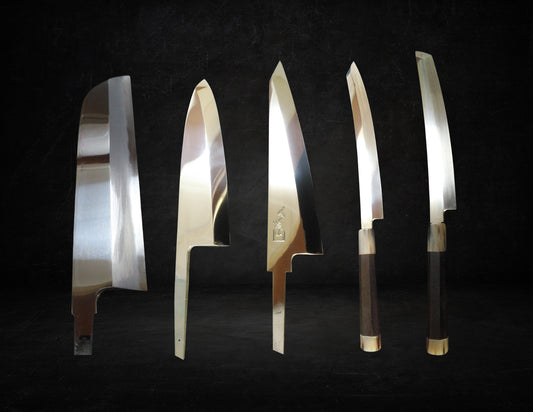
Blue Steel #1 vs Blue Steel #2: Choosing Your I...
Explore KIREAJI's expert insights on Japanese knives made from Blue Steel #1 and #2. Learn how to choose the perfect blade that aligns with your culinary skills and enhances your...
Blue Steel #1 vs Blue Steel #2: Choosing Your I...
Explore KIREAJI's expert insights on Japanese knives made from Blue Steel #1 and #2. Learn how to choose the perfect blade that aligns with your culinary skills and enhances your...

The Art of Preserving Japanese Knives: A Guide ...
Discover the silent enemies lurking in your kitchen that cause rust and erosion in your beloved Japanese knives. Learn how salt, acid, chlorine-based detergents, and even dishwashers can wreak havoc...
The Art of Preserving Japanese Knives: A Guide ...
Discover the silent enemies lurking in your kitchen that cause rust and erosion in your beloved Japanese knives. Learn how salt, acid, chlorine-based detergents, and even dishwashers can wreak havoc...

Unveiling the Mystique of Whetstones: A Journey...
Delve into the rich history of whetstones, tracing back to ancient times and their significance in Japanese sword sharpening. Discover the transition from natural to synthetic whetstones and understand the...
Unveiling the Mystique of Whetstones: A Journey...
Delve into the rich history of whetstones, tracing back to ancient times and their significance in Japanese sword sharpening. Discover the transition from natural to synthetic whetstones and understand the...
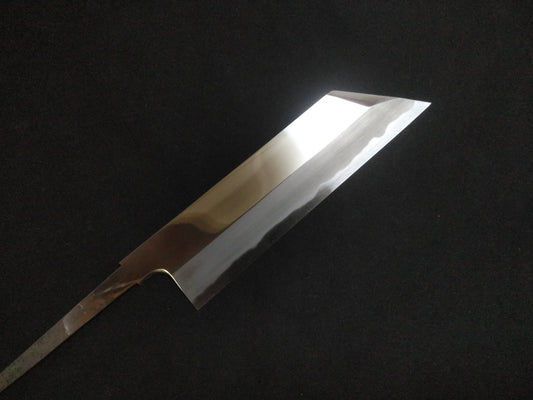
Comprehensive Guide to White Steel #2 and Blue...
Delve into the nuanced differences between White Steel #2 and Blue Steel #2, two popular choices for Japanese knives. Explore factors like cutting ability, persistence of sharpness, chip resistance, and...
Comprehensive Guide to White Steel #2 and Blue...
Delve into the nuanced differences between White Steel #2 and Blue Steel #2, two popular choices for Japanese knives. Explore factors like cutting ability, persistence of sharpness, chip resistance, and...
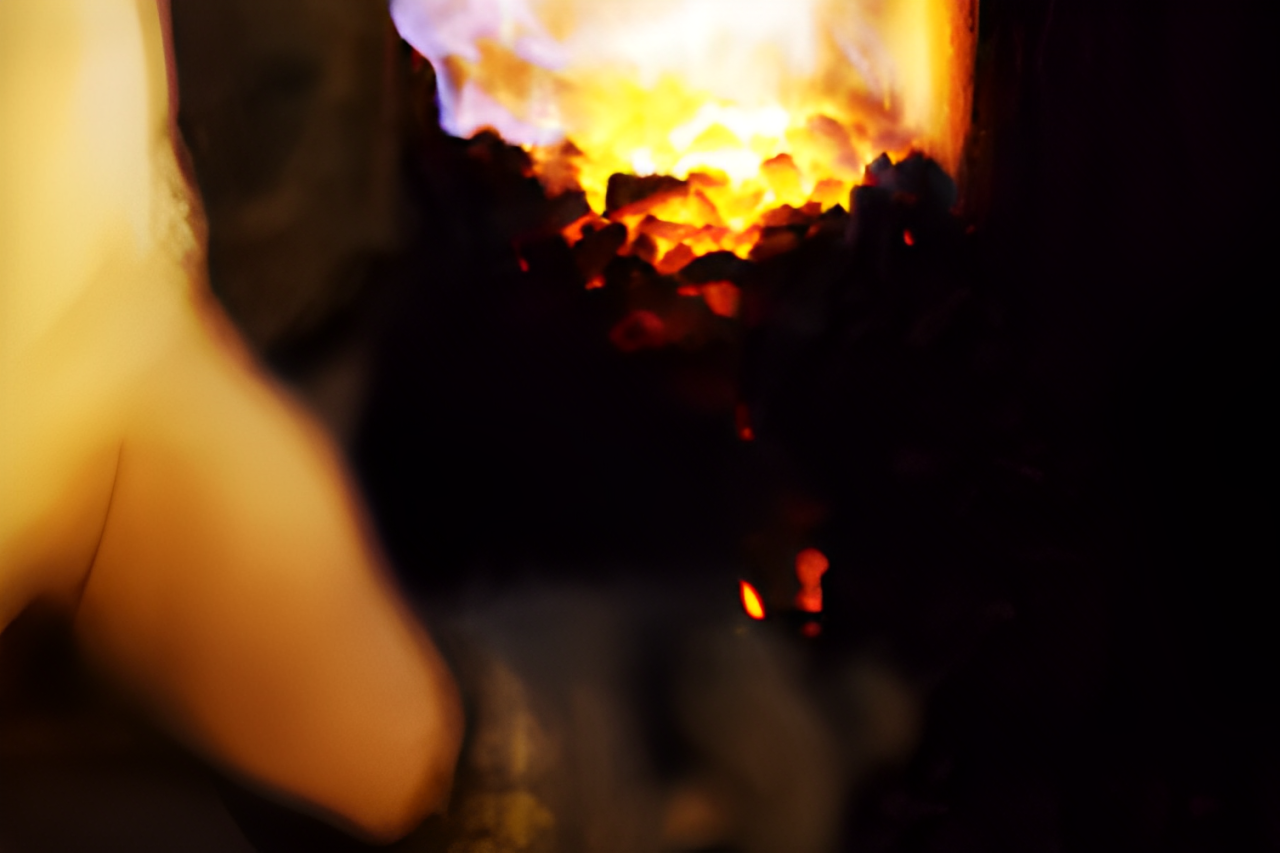
The Evolution of Sakai Knives: A Legacy of Over a Thousand Years
-
Sakai City is renowned as one of Japan’s top cutlery-producing regions. However, the history of its blades extends far beyond kitchen knives. From iron tools in the Kofun period to swords, matchlock guns, tobacco knives, and eventually modern Japanese knives, Sakai's blacksmithing techniques have evolved over centuries.
-
Throughout history, Sakai’s craftsmen have continuously refined their skills, adapting to new demands and perfecting their techniques. This article explores how Sakai knives became globally recognized for their superior quality by tracing the transformation of metalworking techniques through the ages.
1. The Kofun Period: The Birth of Blacksmithing Culture
-
The origins of Sakai’s blacksmithing date back to the 5th century Kofun period, when massive burial mounds were constructed. These projects required a large number of iron farming tools and construction equipment, leading to the emergence of skilled blacksmithing communities in the region.
-

Advancements in Ironworking During the Kofun Period
- Blacksmithing expertise from across Japan converged in Sakai, establishing a hub for metalworking.
- Large-scale production of iron tools such as plows and hoes facilitated the construction of burial mounds.
- The techniques for forging and shaping iron became the foundation for later weapon and knife manufacturing.
-
These ironworking techniques laid the groundwork for the development of sword-making and, eventually, Japanese kitchen knives.
2. The Heian to Sengoku Periods: The Rise of Swordsmithing
-
By the late Heian period, Sakai’s ironworking had evolved into sword-making, producing high-quality blades for samurai warriors. Sakai’s swordsmiths refined their techniques, developing methods that are still used in modern knife-making.
-

Advanced Swordsmithing Techniques in Sakai
- Forging (Tanzo): Heating iron and steel to high temperatures and hammering them into shape.
- Repeated Folding (Orikaeshi-Tanren): Folding and reforging steel multiple times to create a uniform and strong blade.
- Precision Sharpening (Hazuke): Developing extremely sharp edges through meticulous polishing and grinding.
-
These advancements in swordsmithing directly influenced the craftsmanship behind Japanese kitchen knives, ensuring their legendary sharpness and durability.
3. The Sengoku Period: Matchlock Gun Manufacturing and Technical Innovation
-
In the 16th century, the introduction of matchlock guns (tanegashima) revolutionized warfare. Recognizing the power of firearms, Oda Nobunaga commissioned Sakai’s craftsmen to mass-produce matchlock guns, propelling Japan to become the world’s largest firearms manufacturer within just 30 years.
-

Technological Advancements from Matchlock Guns
- Precision Metalworking: Techniques used to ensure straight, uniform gun barrels were later applied to knife blade crafting.
- Metal Stretching Techniques: The ability to extend and shape metal for guns influenced the forging of longer, thinner blades.
- Division of Labor System: The specialized, step-by-step manufacturing process for firearms became the basis for modern knife production.
-
The craftsmanship developed during this period contributed to the high-precision forging methods still used in Sakai’s cutlery industry today.
4. The Edo Period: The Birth of the Tobacco Knife and Its Impact on Japanese Knives
-
With the decline in demand for swords following the end of the Sengoku period, Sakai’s craftsmen shifted their expertise to everyday tools, most notably the tobacco knife.
-
What is the Tobacco Knife?
When Portuguese traders introduced tobacco to Japan in the 16th century, finely cut tobacco leaves became popular. Sakai’s blacksmiths developed the tobacco knife (tabako-bocho) to precisely cut tobacco into thin, uniform strips.
-

Key Innovations from the Tobacco Knife
- Superior Sharpness: Required to cut delicate tobacco leaves without crushing them.
- Precision Sharpening Techniques: Ensured consistency in cutting, a skill later applied to kitchen knives.
- Exceptional Durability: The need for long-lasting blades refined steel hardening techniques.
-
These innovations paved the way for the creation of Sakai’s world-class Japanese kitchen knives.
5. The Birth of the Modern Japanese Knife and Its Global Influence
-
Building on the skills developed through sword-making, gun production, and tobacco knife crafting, Sakai became the center of Japanese knife manufacturing during the Edo period. Today, the city is renowned for producing professional-grade Japanese kitchen knives, including the Yanagiba (sashimi knife) and Deba (fish-cutting knife).
-
The Characteristics of Sakai Knives
- Inherited Techniques from Samurai Swords: Ensuring exceptional durability and sharpness.
- Precision Metalworking from Matchlock Guns: Allowing for ultra-thin and razor-sharp blades.
- Fine Sharpening Techniques from Tobacco Knives: Delivering superior cutting performance.
-
Today, over 90% of professional chefs in Japan use Sakai knives, and they are highly regarded worldwide for their unparalleled sharpness and craftsmanship.
Tradition and Innovation: Shaping the Future of Sakai Knives
-
The blacksmithing tradition of Sakai began with iron tools in the Kofun period, evolved into sword-making, adapted to firearms, transitioned to tobacco knives, and ultimately led to the creation of world-class kitchen knives.
-

Through centuries of innovation and refinement, Sakai’s craftsmen have preserved their techniques while continuously improving them. A Sakai knife is not just a cooking tool—it is the culmination of over a thousand years of Japanese craftsmanship and dedication.
-
As these techniques continue to be passed down, Sakai knives will remain a symbol of excellence, shaping the future of culinary arts worldwide.
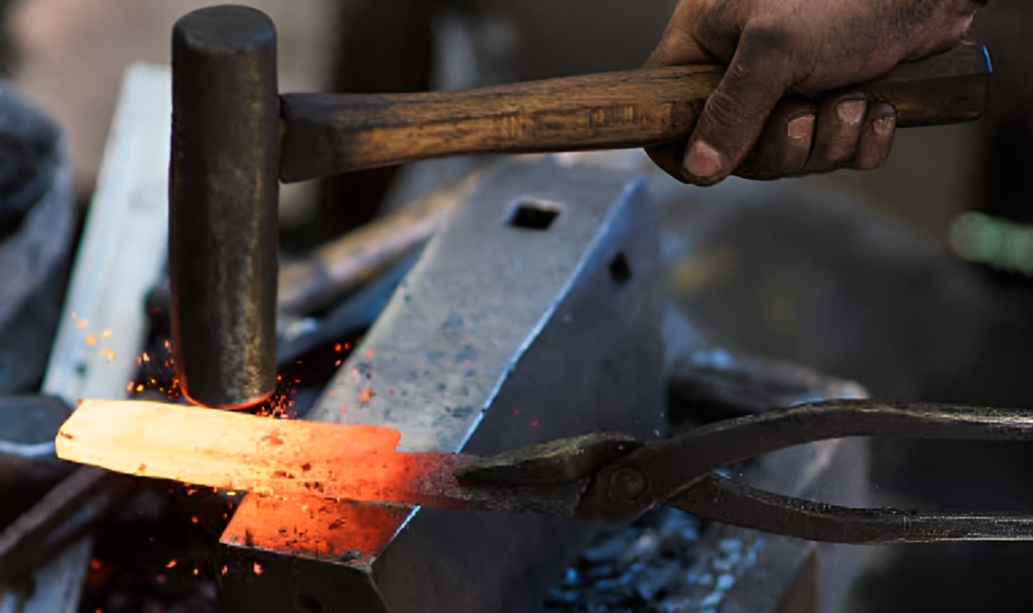
The Origin of Craftsmanship
-
The Essence of Knife Making: Crafting a Story Through Material and Shape
-
Knife making is not just a craft; it’s the creation of a “story” by engaging with materials and giving them shape. Each piece of steel is hammered, heated, and shaped, transforming from mere material into a tool that fits the hand of its user. The moment when the steel takes form in my hands, as if it’s being infused with life, is the most rewarding part of the process.
-
That’s why I don’t just create knives that are sharp; I craft the “perfect strike” for the user. The story that unfolds during this process is the true value for me.

Would you like to experience the sharpness of handcrafted knives from Sakai City, used by 98% of Japanese chefs?
Through our exclusive partnership with Shiroyama Knife Workshop, we bring you top-quality knives. In addition, we offer free Honbazuke sharpening, a protective Saya, and paid after-sales services to ensure long-term confidence.
KIREAJI's Three Promises to You
-

1. Exceptional Japanese Knives
Our knives, crafted by Sakai City's master artisans, combine traditional techniques with carefully selected materials, delivering unrivaled sharpness and durability.
-

2. Genuine Sharpness
We offer free Honbazuke sharpening performed by skilled craftsmen, ensuring that you experience the authentic sharpness of a true Sakai knife.
-

3. Lifetime Knife Use
Each knife comes with a free Saya (protective sheath) for added durability. We also offer after-sales service through a trusted Sakai City workshop to maintain your knife's performance.








